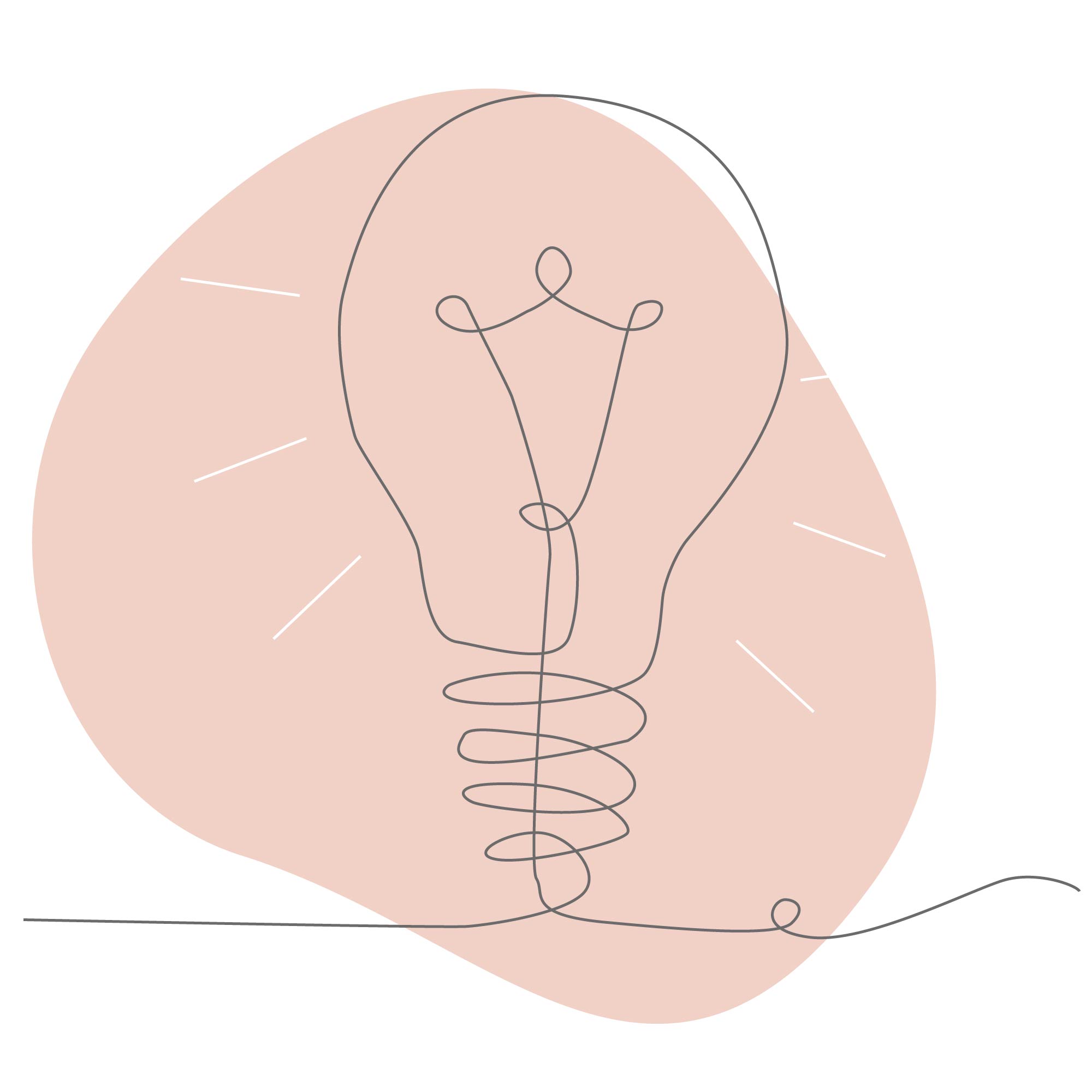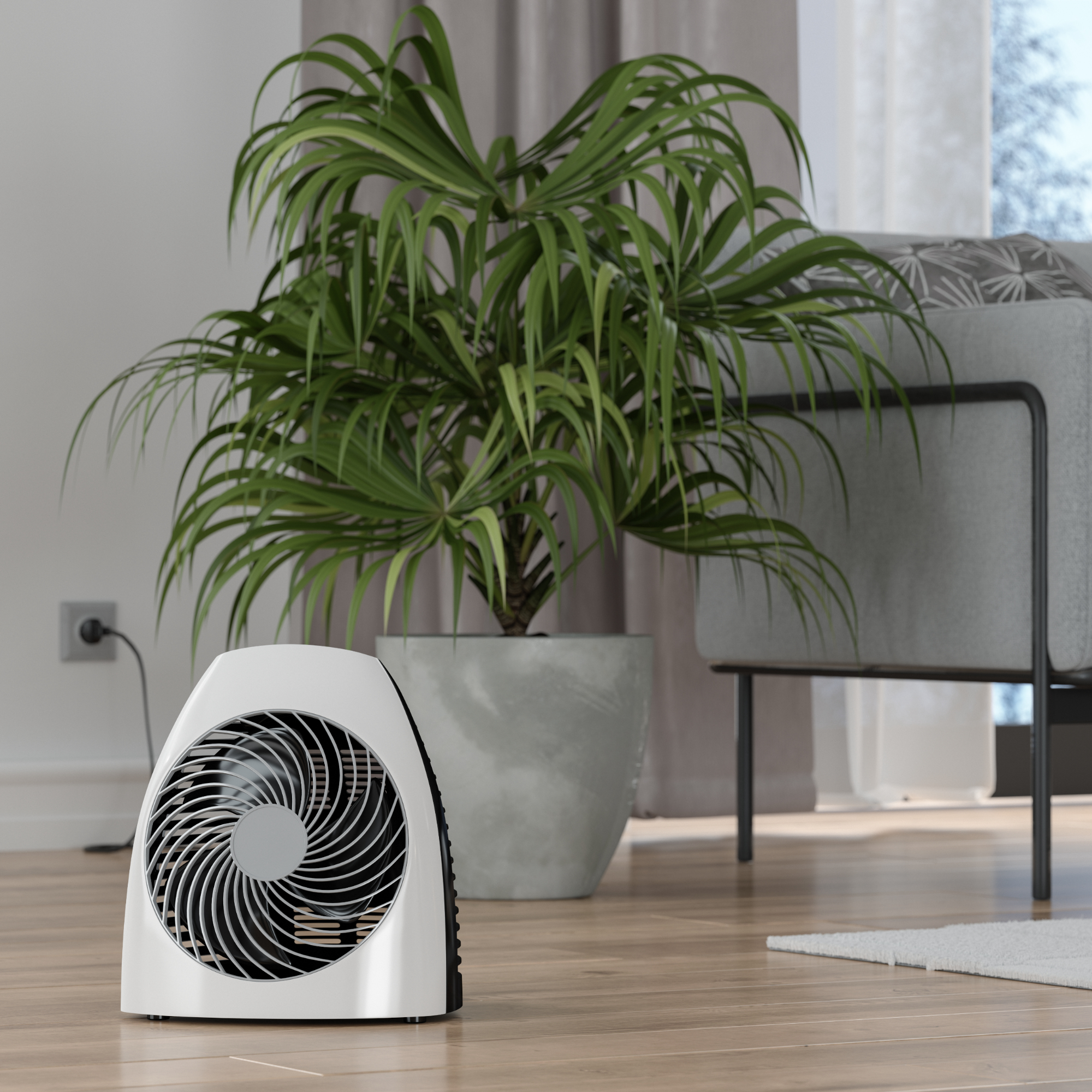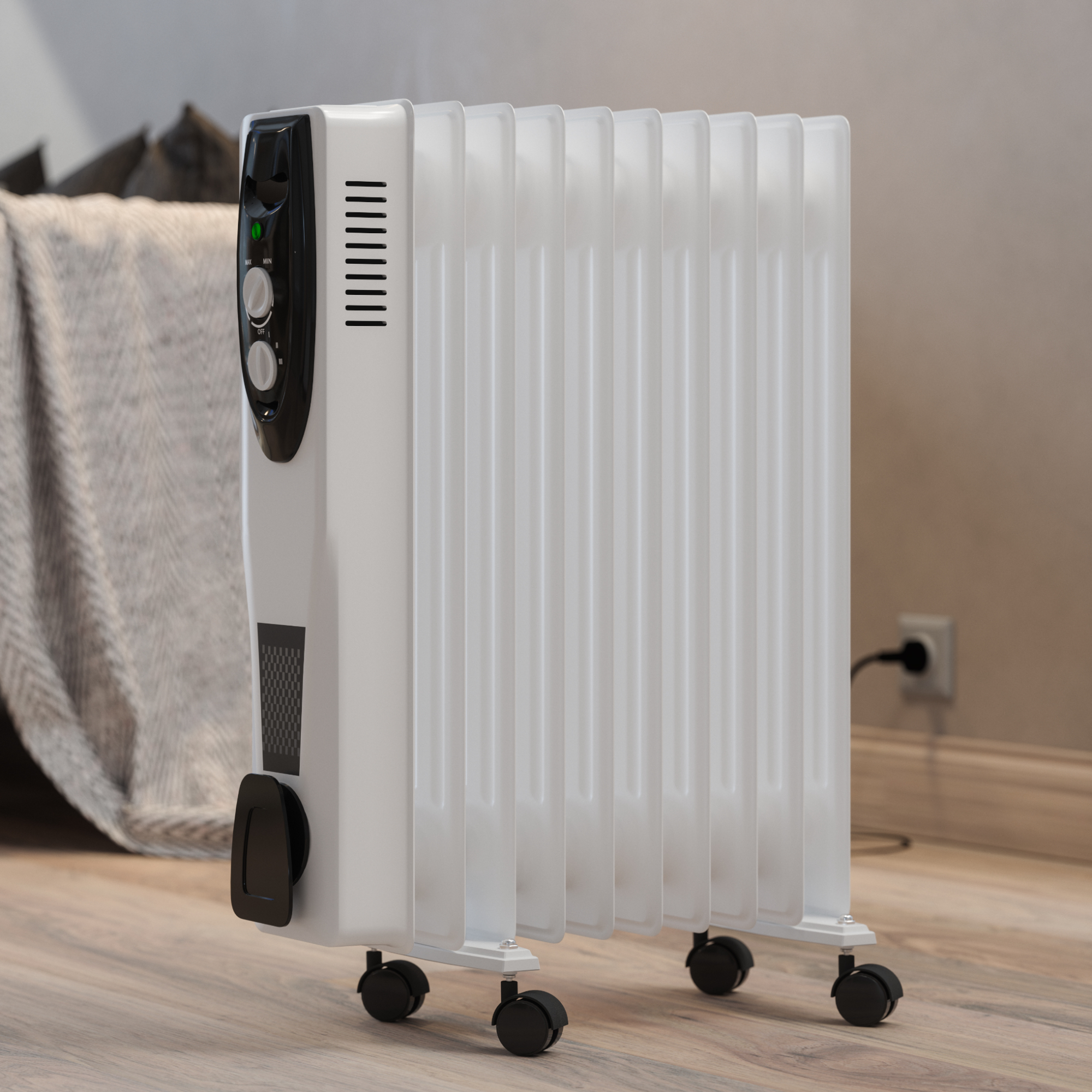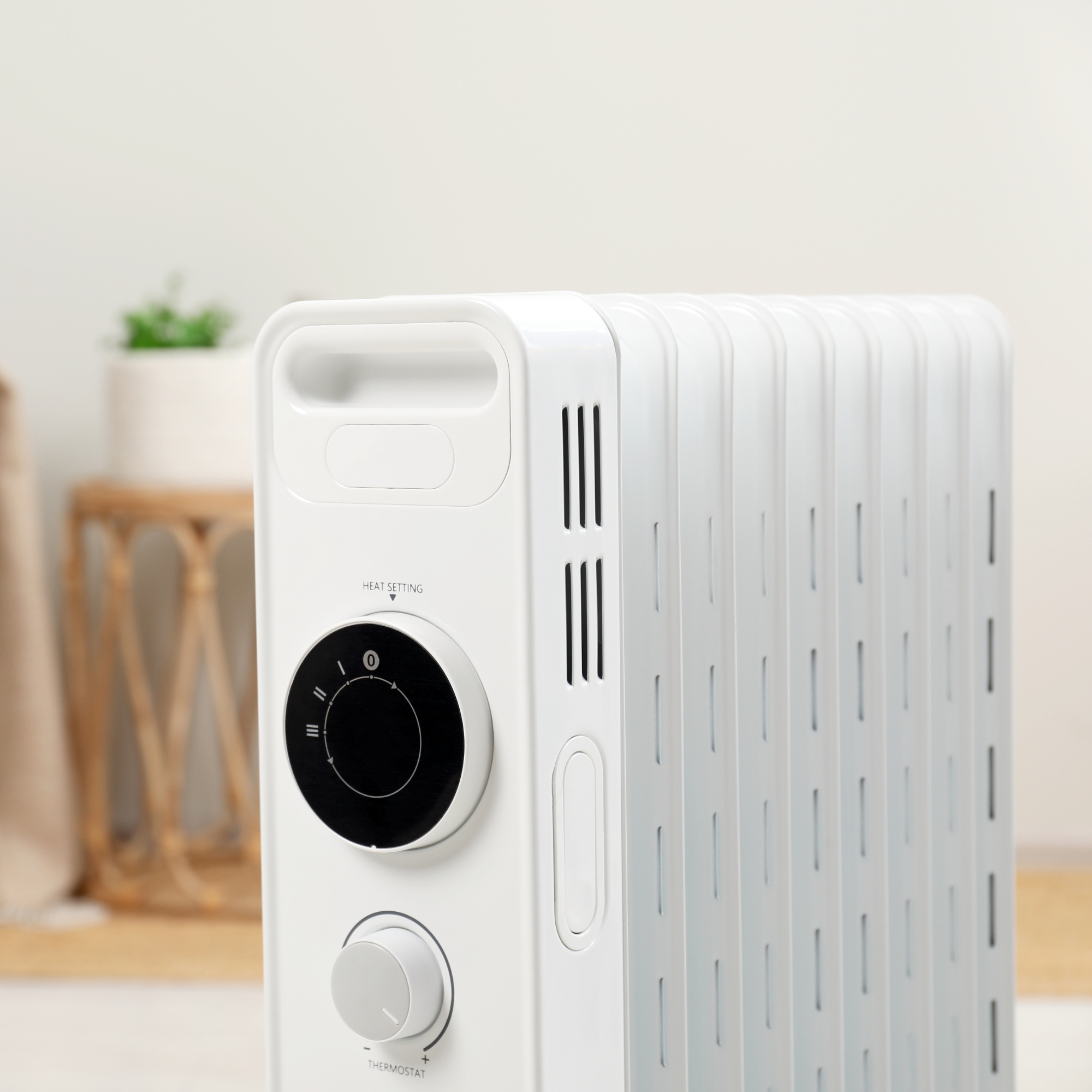
When temperatures drop, we understand just how tempting it is to turn to the aid of a plug-in heater to quickly fight off the chill – especially if your living room feels more like an ice box than a cosy haven. However, have you ever stopped and wondered how much it costs to run an electric heater to enjoy that warmth?
If you're trying to warm up a room without underfloor heating or radiators, getting your hands on one of the best electric heaters may seem like a good idea. But, one thing to note is that not all heaters are created equal. Some are quite efficient, while others can actually make your energy bills skyrocket. So, it's important to understand how much your electric heater costs to run, especially with the new energy price cap that came into effect this October 2024.
We've worked out how much you can expect to spend to run an electric heater, whether it's just for an hour or all evening long, plus some easy tips to help you keep costs down this winter. And, if you don't already have one, getting a smart meter to help you track your usage is something we'd recommend right off the bat.

How much does it cost to run an electric heater?
How much your electric heater costs to run will depend on how much energy it uses to generate heat, and how long you use it for. For example, a 2kW fan heater would cost 49p an hour to run on full power. Over a four-hour evening, this would be £1.96, and over a week, £13.72.
Similarly, an example 3kW convector heater would cost roughly 74p per hour to run on full power, £2.96 an evening and £20.72 a week, which shows how a more a powerful heater can cost over a week.
The best way to work out how much it costs to run your specific electric heater is to find out how much you pay for energy, and the exact output of your heater. Your energy unit price is normally expressed as pence/kWh and you should be able to find your exact price on your utility bill, or you can use the price cap figure, which is a good guide.

Despite electricity prices having come down this year, the newest October energy price cap has unfortunately seen a slight increase. In July, the price cap dropped to 22.36p per kWh of electricity, which is the lowest we've seen all year round following the spike last year. However, for the period of October to December 2024, the cap has risen to 24.5p per kWh.
'Remember that central heating is a lot cheaper to run than an electric heater,' says John Lawless, a heating expert at BestHeating. 'For every unit of heat put out by an electric heater, it will cost around three times as much as a unit of heat from one of your radiators.'
But of course, the perk of an electric heater is the fact that it provides instant warmth as opposed to having to wait for your radiators to warm up. Plus, it allows you to just heat the room your are in, rather than unnecessarily heating the whole house. That said, electric heaters are more fitting when you need short stints of heat, but not as energy-efficient after a certain point.
Are some electric heaters cheaper to run than others?
'Electric heating is a little different in terms of judging a product's energy efficiency,’ explains Nick Duggan, director at the Radiator Centre. ‘Unlike washing machines, electric radiators do not come with Energy Performance certificates as, in theory, putting 1000 watts into an electric radiator should produce 1000 watts of heat.’
There are several types of heater that use electricity, and they each vary in how much does it cost to run an electric heater. From looking at heat output alone, you can get a rough idea of which would be the cheapest electric heater to run.
- Fan heaters are light and easily portable. They heat rooms quickly by running a current through a coil to heat it up, then drawing air over it. This warm air is then blown out and circulated. You find different heat outputs ranging from 0.5kW to 3kW. Heaters with ceramic plates around the element will be more efficient and safer.
- Convector heaters work in a similar way, by heating up the air using an element, but are usually larger and can look more like radiators. They may have an optional fan to speed up heat distribution but not always, meaning they’re quieter to run but slower. Common heat outputs range from 2kW to 3kW.
- Oil-filled radiators work by heating up an element that’s submerged in fluid, which when warm, circulates around the radiator. While their heat outputs are similar, around 1kW to 2.5kW, they’ll continue to provide heat after they’ve been turned off, so don’t have to be on as long.

What energy saving features should I look for when buying an electric heater?
Electric heaters are more expensive to run than gas central heating, so it's important to look for features that make them as efficient as possible and help you to save energy at home.
1. Thermostat/climate control
Most electric heaters will have a thermostat or climate control, meaning that when the temperature you've set it to is reached, it'll maintain it. Not only does this prevent you from becoming too hot, it means you won't have to keep turning the heater on and off.
Oftentimes, opting for a model without this function is often the main cause for mistakes made when using an electric heater.
2. Variable heat
Multiple settings on an electric heater enable you to choose a lower one on milder days. Ideally look for at least three settings and/or a variable dial so your space won't overheat. Not to mention, it'll also bring down the cost of running it as the heat output won't be so strenuous.
3. Timer
Timers allow you to set your heater to come on before you arrive home – meaning that you can opt for a lower heat for longer to help save energy. They're also good for switching it off so you don't forget. Try the TP-Link Tapo P110 Mini Smart Socket on Amazon.

How can I cut the cost of running an electric heater?
If you're concerned about how much does it cost to run an electric heater then it's absolutely worth working out how to lower those energy bills. Here are our top tips.
1. Buy the right heater
Failing to consider the right model for you is one of the biggest electric heater buying mistakes we constantly see people making. Choose an electric heater that suits the size of the room. A small heater will struggle to heat a large space, meaning it’ll be on constantly on full – less efficient than a larger heater on a lower setting less of the time.
2. Turn down your thermostat
It can be more economical to set your central heating to low and use an electric heater to boost the temperature in the room you're in. This means you can be cosy while watching TV without heating the rest of your house as much.
3. Set a schedule
If your electric heater doesn’t have its own timer, or is limited to one setting, add a smart plug. This means you can decide when the heater is on and off all day long.
4. Keep the heat in
Poor insulation can cause up to 25% heat loss, meaning you'll have your electric heater on for longer or at a higher setting. Add draught excluders around windows and doors, keyhole covers to exterior doors, and opt for thicker curtains. On a larger scale, upgrade any single glazing to double, check your loft insulation is sufficient and think about installing cavity wall insulation.







